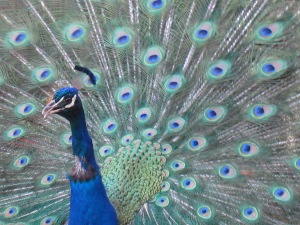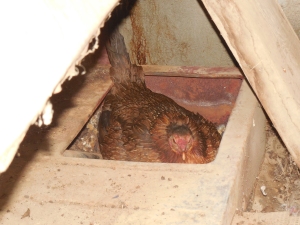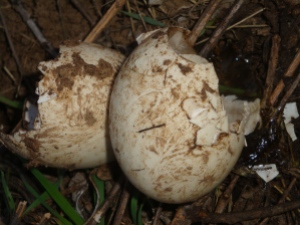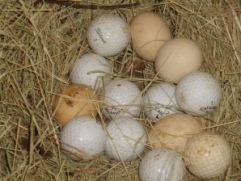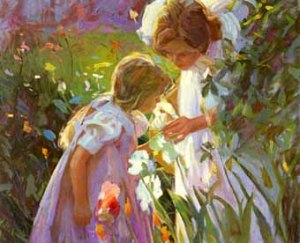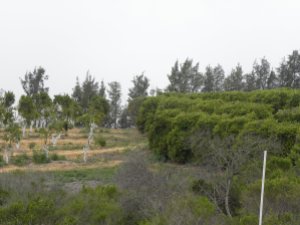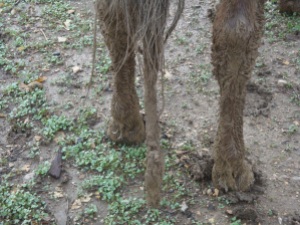
Carl attending the BBQ

First Course.

Western Motif

Tools

The kids made a new friend.

As the sun set, we remembered those who gave, “the last full measure of devotion.”
Good friends, good food, good fun and remembering the sacrifices of our fellow Americans who gave “the last full measure of devotion” filled up a Memorial Day BBQ at Grieb Ranch.

“It’s Always A Hit” Salad

Steaks cooking on the grill.
Good food started with a first course of salads, followed by steaks cooked over oak on an open grill. The kids played hide and go seek and even found a new friend. Adults enjoyed each others company. A pleasant afternoon/evening was enjoyed by all.
“It’s Always A Hit” Salad Recipe
Ingredients: Romaine lettuce, Granny Smith apples, sugar-coated toasted almonds and feta cheese with a homemade mustard vinaigrette dressing.
Sugar-coated toasted almonds:
2/3 cup of raw slivered almonds
6 tbls sugar
Place nuts and sugar in a heavy sauce pan. Put over medium-low heat. Stir frequently until the sugar begins to melt. Stir constantly as sugar melts and the nuts toast. Do not leave this unattended as the sugar can burn quickly. Once the sugar is all melted and the nuts are toasted and brought to a lovely brown color, pour them out onto foil and spread to cool. Keep little and big fingers from grabbing the freshly made nuts because the nut mixture will be extremely hot! Set this aside while you make the rest of the salad.
Salad Makings:
2 stalks of heart of romaine lettuce washed and shook-out and then chopped
2 Granny Smith apples, chopped into bite-sized pieces
1 8oz carton of blue cheese crumbles
Salad Dressing:
1/3 cup apple cider vinegar
1/3 cup olive oil
1 tbl sugar
1 tbl Dijon mustard
Place all dressing ingredients in a baggie (for traveling) or bowl if serving on-site. Mix together.
Making up the Salad:
Place chopped lettuce in bowl, add the chopped apple pieces and either the entire or 1/2 (depending on how cheesey you like your salad) carton of blue cheese crumbles, and place the sugar-coated toasted almonds on top. Dress salad just before serving. If traveling with your salad add the nuts just before dressing and dress salad at destination. The apples can also be cut on-site or add lemon to them to keep from turning brown. Mix salad together and watch people devour and exclaim how tasty it is!
For more recipes by this author check out http://crazyfreegf.wordpress.com/

